Affiliate links on Android Authority may earn us a commission. Learn more.
HUAWEI Mate 20 Lite review: Not so smart
Published onOctober 13, 2018
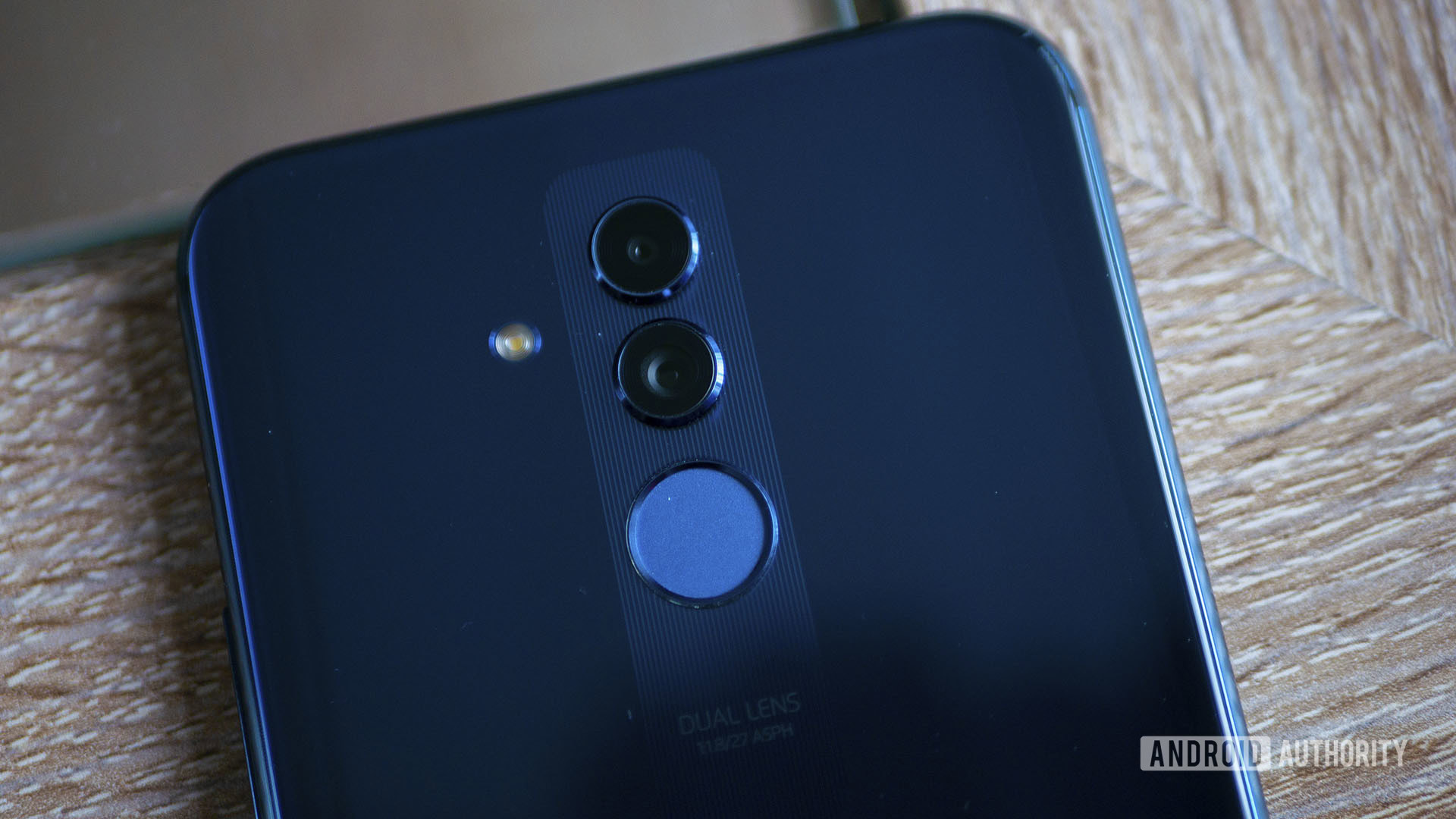
The HUAWEI Mate 20 Lite is a curious case of the “lite” edition predating the “standard” edition, offering an interesting glimpse into the future for fans of the Mate line.
What’s the forecast? Let’s find out in our HUAWEI Mate 20 Lite review. (Kind of gave it away in the title though.)
Specs and looks
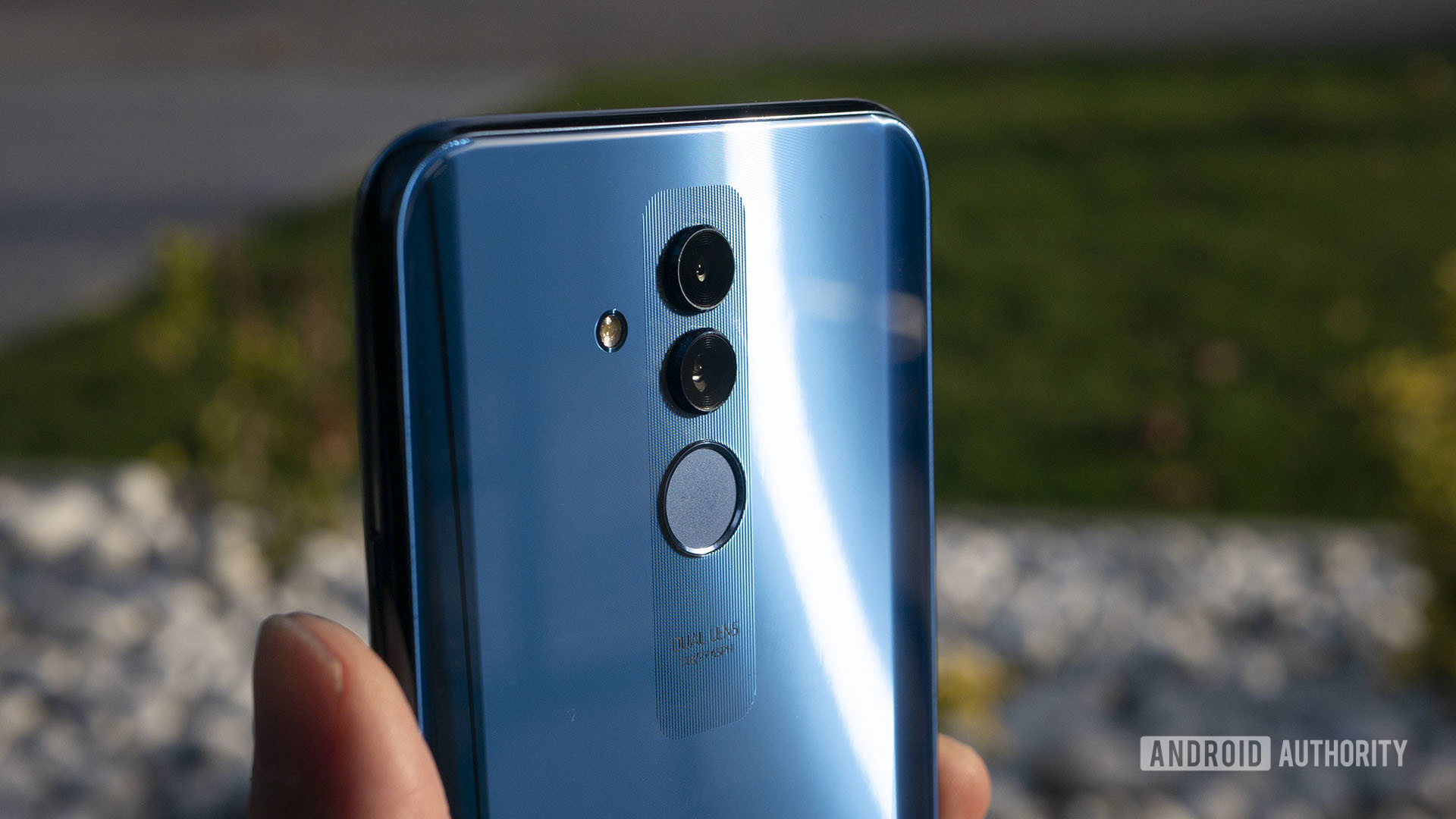
The selling point of the HUAWEI Mate 20 Lite is the AI goodness it offers, even with mid-range specs (and price, in theory). It’s a promise HUAWEI has been known to deliver on in the past, and it should translate to some interesting features in the camera department.
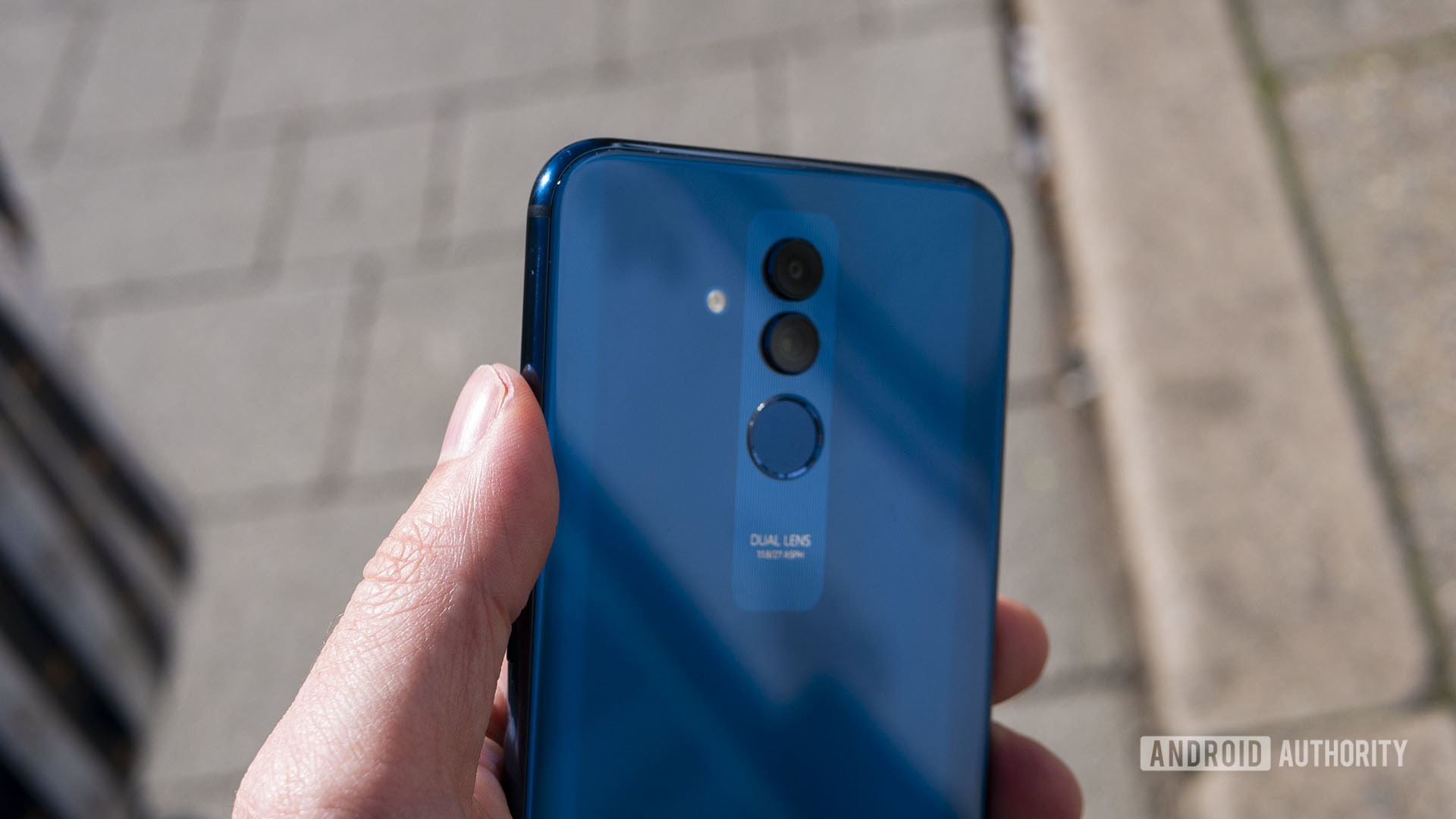
Speaking of which, that’s the phone’s other big selling point — a total of four cameras, thanks to an extra lens around the front. It’s got a 20MP f/1.8 lens around the back, and a 24MP f/2.0 lens around the front, both backed up by secondary 2MP depth sensors.
It also comes with 64GB of internal storage, backed up by either 4 or 6GB of RAM, and a 6.3-inch 19.5:9 IPS LCD 1,080 x 2,340 display. It’s got USB Type-C, NFC — something a lot of users will be happy to see — FM radio, a headphone jack, and a fingerprint sensor. There’s no splash resistance or wireless charging, but that’s par for the course for a mid-range device. The decent 3,750mAh battery easily saw me through a day.
On top of all that, it runs Android 8.1 Oreo with EMUI 8.2.
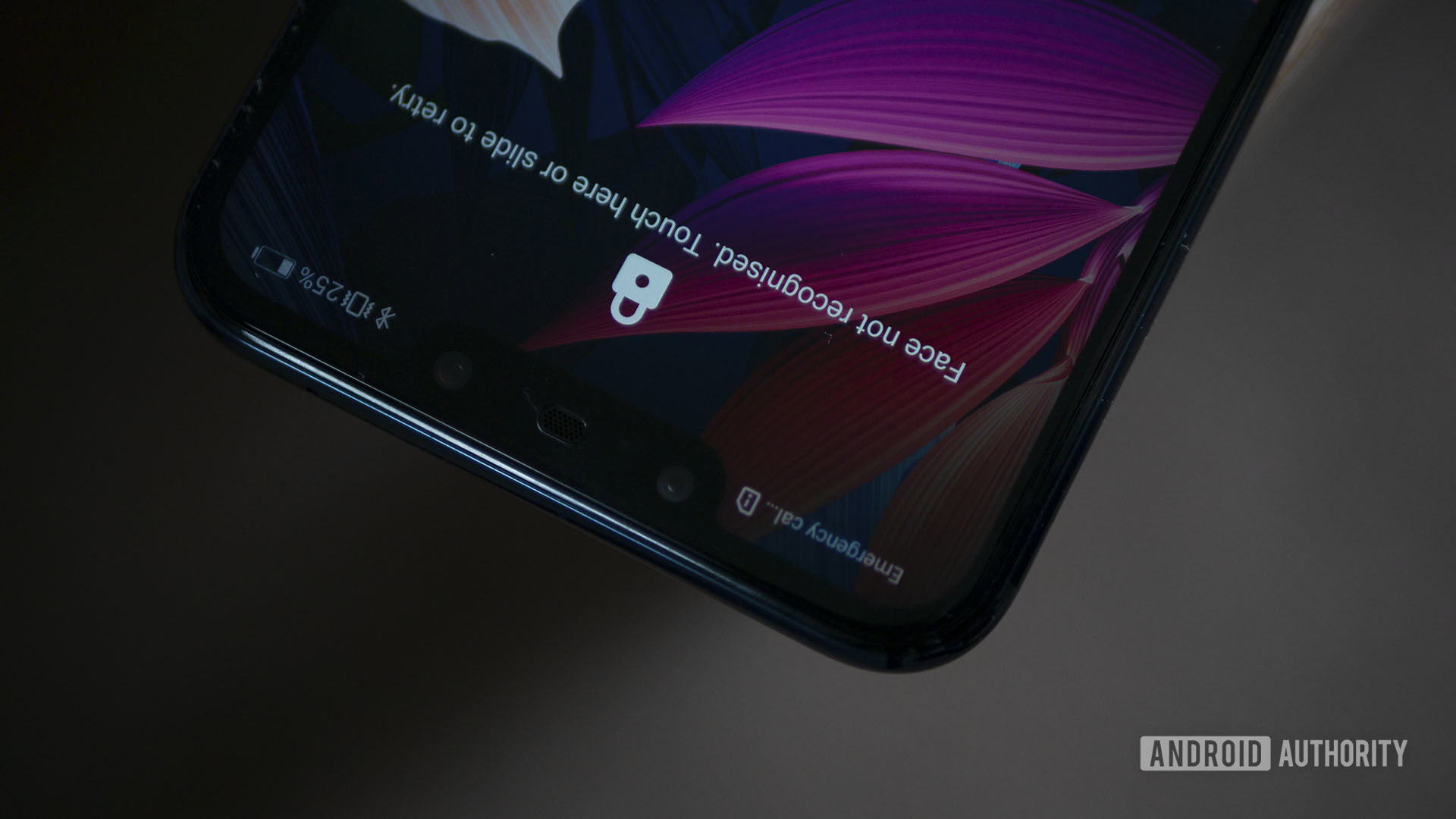
The phone’s metal and glass design is attractive. I’m not actually a fan of my navy version, or the pattern around the vertical camera module, but that’s very much a personal preference (does anyone else think the black and navy clash?). Despite that, I can tell it is well made for its 379-pound (~$500) price tag. Other colors include sapphire blue and platinum black.
It’s nicely reflective and feels solidly built, but as Android Authority‘s own Kris Carlon pointed out in his hands-on, it’s also a little on the generic side.

That said, this phone’s notch might turn some people off. It’s not just another notch — it’s a super-wide notch. This is a demonstration of OEMs’ true commitment to notches these days.
You might think having two selfie-cameras gives the perfect excuse to drop the divisive feature and return to a brow instead. Rather than go that route, HUAWEI chose instead to just make its notch r e a l l y w i d e. Cool cool.
As with other HUAWEI devices, you can at least turn it off in the settings if you prefer.
HUAWEI has chosen to make its notch really wide
This gives it an 81.7 percent screen-to-body ratio, and in my opinion, it slightly impacts on the looks.
Performance
Performance is unfortunately where things start to fall down a little for this HUAWEI Mate 20 Lite review. This is not a particularly quick phone. It’s rare I feel the need to point that out these days.
The phone’s performance isn’t terrible, or anywhere near HONOR 7s territory, but it is occasionally noticeable when you’re navigating the UI. Every now and then, an animation will stutter, or something will take just a little bit longer than it should and it takes the sheen off of the experience slightly.
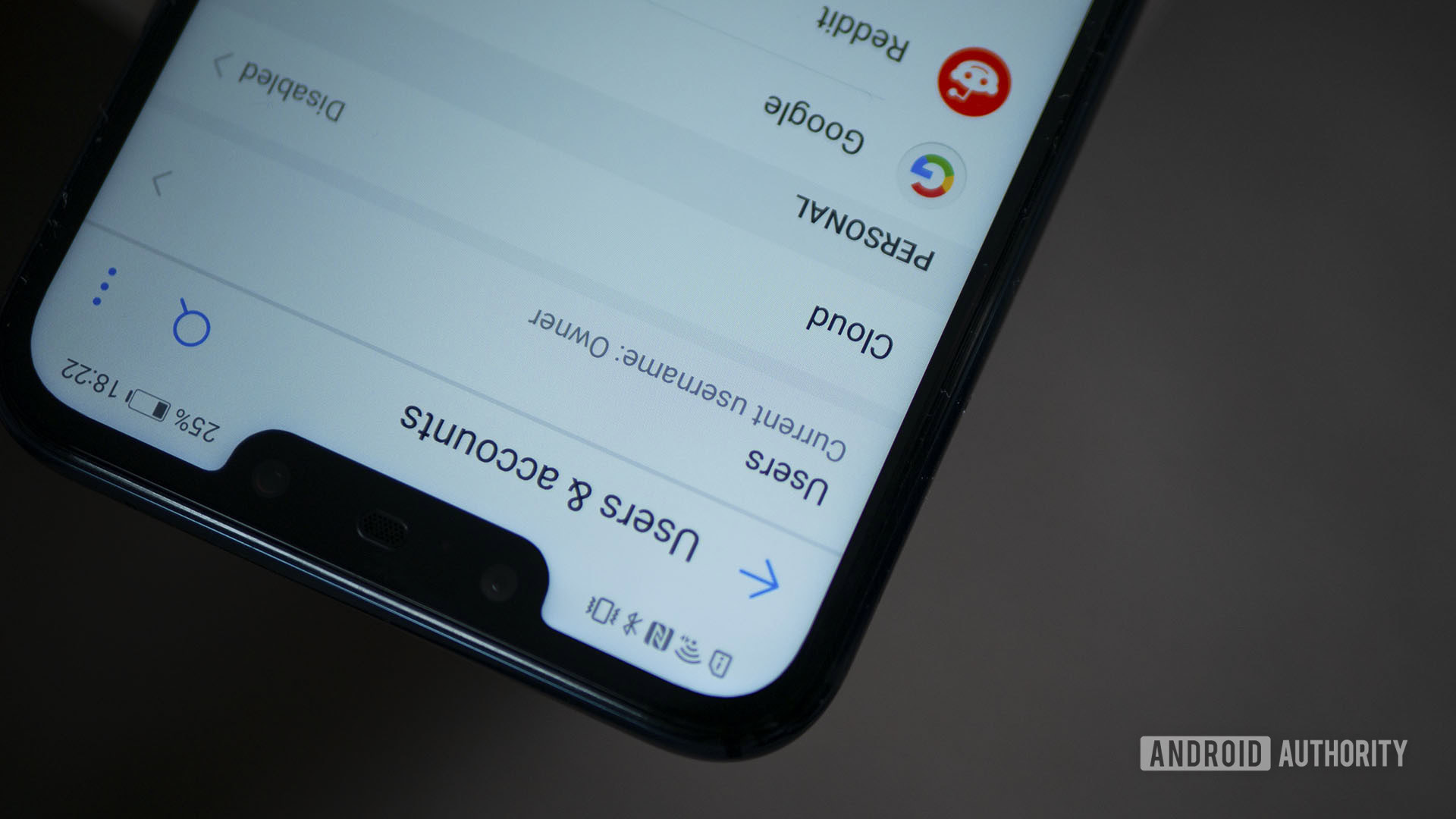
My natural inclination at this point is to head over to a few benchmark apps and see just how the chipset holds up.
Except neither of the benchmark apps I usually use (Antutu and Geekbench) would install. This was weird since I had no problem with other apps.
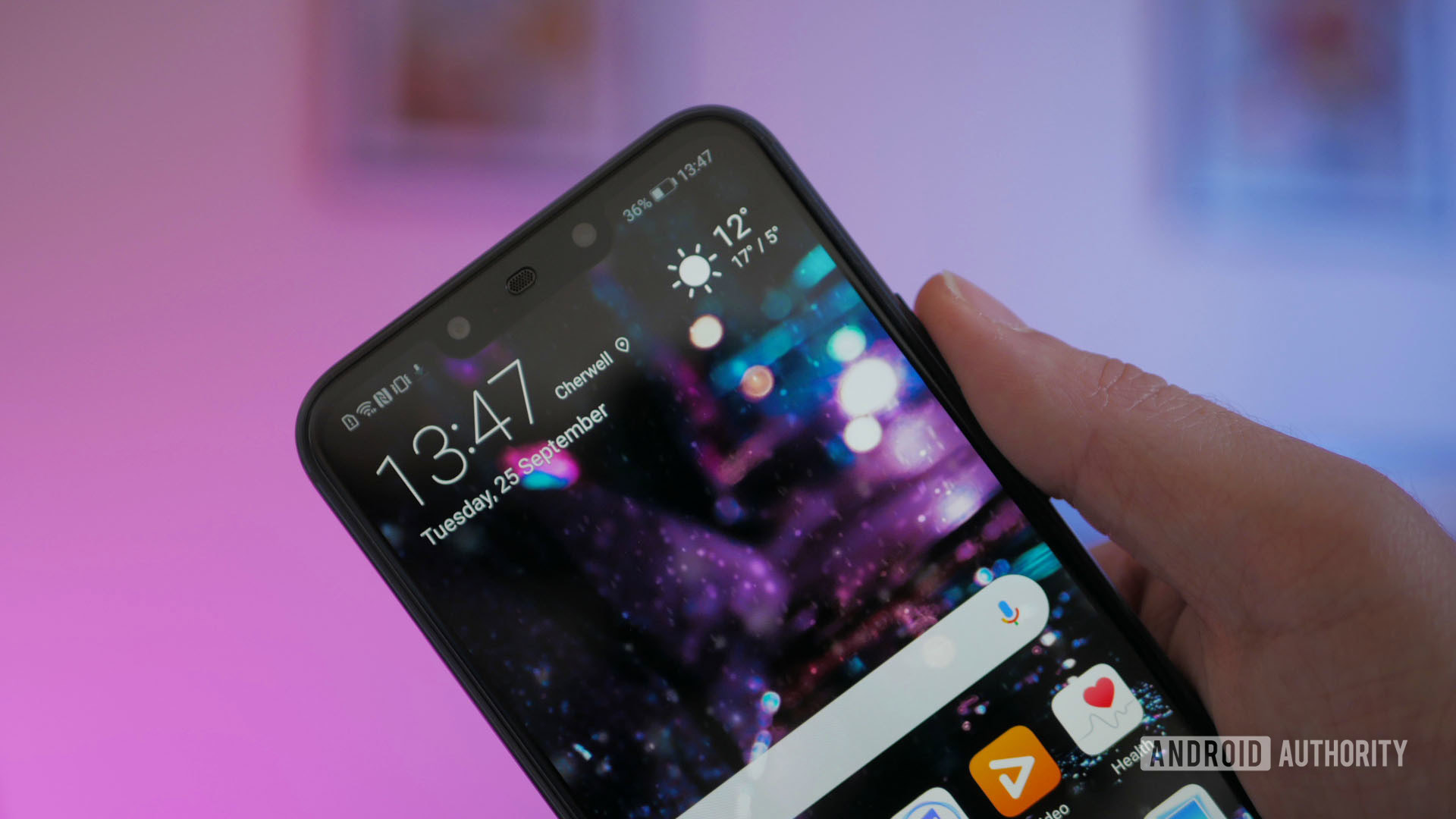
Call me a conspiracy theorist, but maybe this has something to do with Huawei’s recent practice of gaming its benchmark scores.
Is it now just banning users from finding out? Or has it been banned?
We already know a bit about the Kirin 710 and can draw a few conclusions about the likely performance. This chipset is not quite as quick as the Snapdragon 660, though its energy efficiency may be better due to the 12nm manufacturing. It is ahead of something like the Helio P60, though not by a huge margin.
The Helio P60 powers the realme 1, which I actually found performed a little quicker than the Mate 20 Lite in daily use. Whether that’s due to better optimization or software I’m not sure.
For gaming, the Mate 20 Lite relies on the Mali-G51 MP4, which doesn’t pack much punch. It’s not awful and you’ll certainly be able to play the majority of games. Just don’t expect to run things on the highest settings, or for the phone to be particularly future-proof.
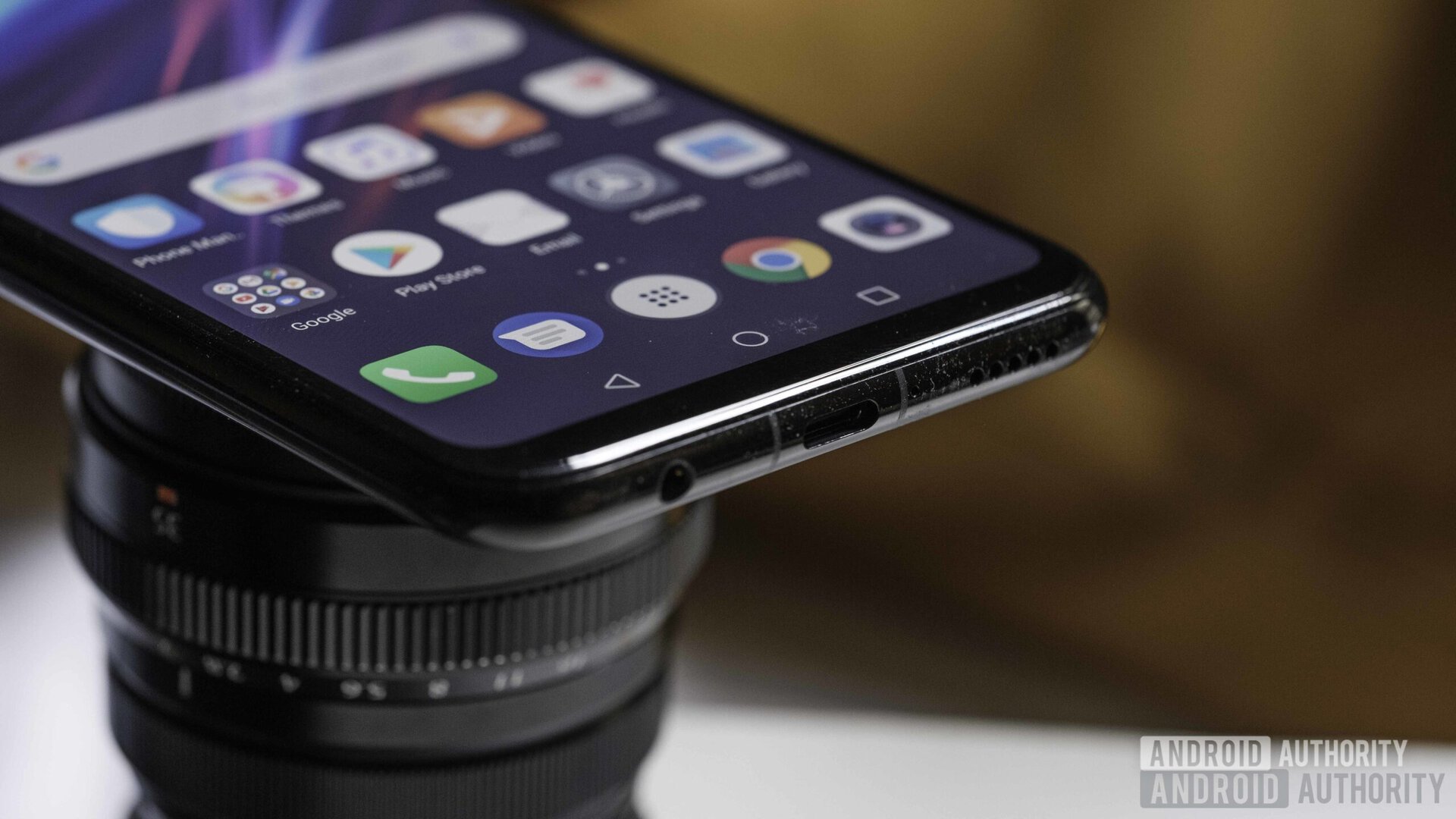
Performance may not be helped particularly by the EMUI layer plastered on top of Android. If you’ve used an Honor or HUAWEI device before, you’ll know what to expect. It’s not my favorite Android skin, but I think it’s a step-up from ColorOS. Your mileage may vary.
Dual selfie camera and AI features
At the moment then, this Mate 20 Lite review finds the device very much on the back foot. The device will need to impress with its AI and dual lens features to have a chance of clawing itself back into contention.
Turns out two lenses up front combined with AI is a fairly potent combination, at least in principle. It promises improved facial recognition at any angle (AI ability to recognize your face + depth information), as well as some interesting AR features (like Animoji). It also could mean you get the same scene detection and general AI magic brought to photos on the front you get around the back.
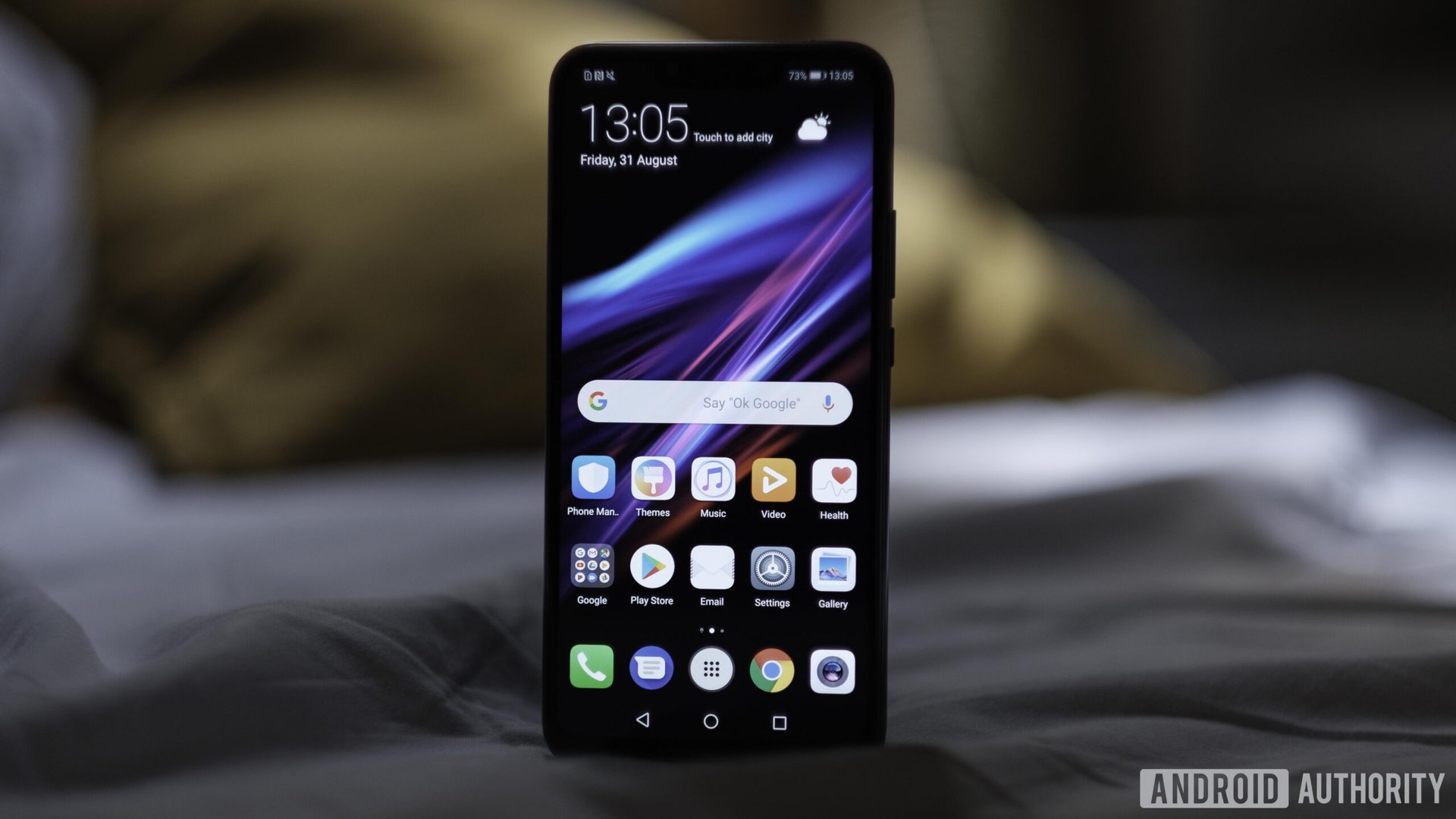
Then there’s face unlock, which for me is actually among the slowest implementations of the technology I’ve ever experienced. It certainly doesn’t work at any angle, and it takes a very noticeable one or two second pause before it registers me when head-on.
I don’t wear glasses, but maybe I just have a weird face.
Maybe the YouTube comments are right and I am a hobbit.
A device with IR face unlocking like the POCOphone F1 is much quicker already and works in the dark. It’s cheaper, too.
I haven’t been terribly blown away by the general quality of the selfie camera’s photos. The bokeh mode is quite good at cutting me out of the image, but not noticeably better than devices sporting just one lens up front. The general performance of the front camera is also just okay, which is a shame given the high pixel count — something I always welcome on a front shooter.

The animoji were the only things that impressed me. These are the definition of “gimmick” (and not an entirely novel one either), but in fairness they work very well. I can raise one eyebrow and the little chameleon or whatever will do it too. It’s impressive how quick and accurate this is even compared the more expensive Note 9. I can’t see myself using it often, but it’s a good showcase for the tech. It’s a fun party trick, too.
This is me as a rabbit, and also a penguin, in case you’ve ever wondered how that might look.
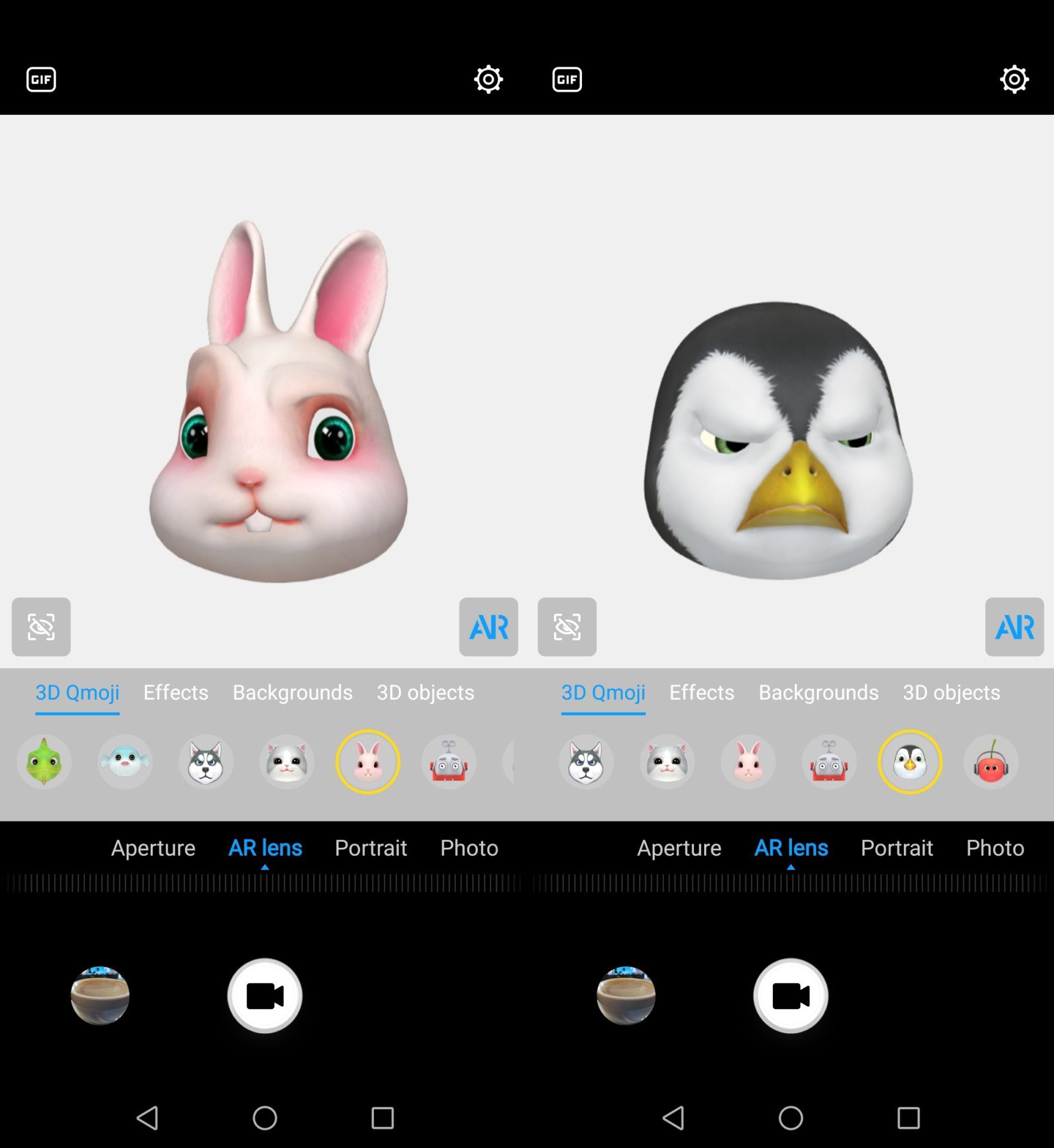
Main camera
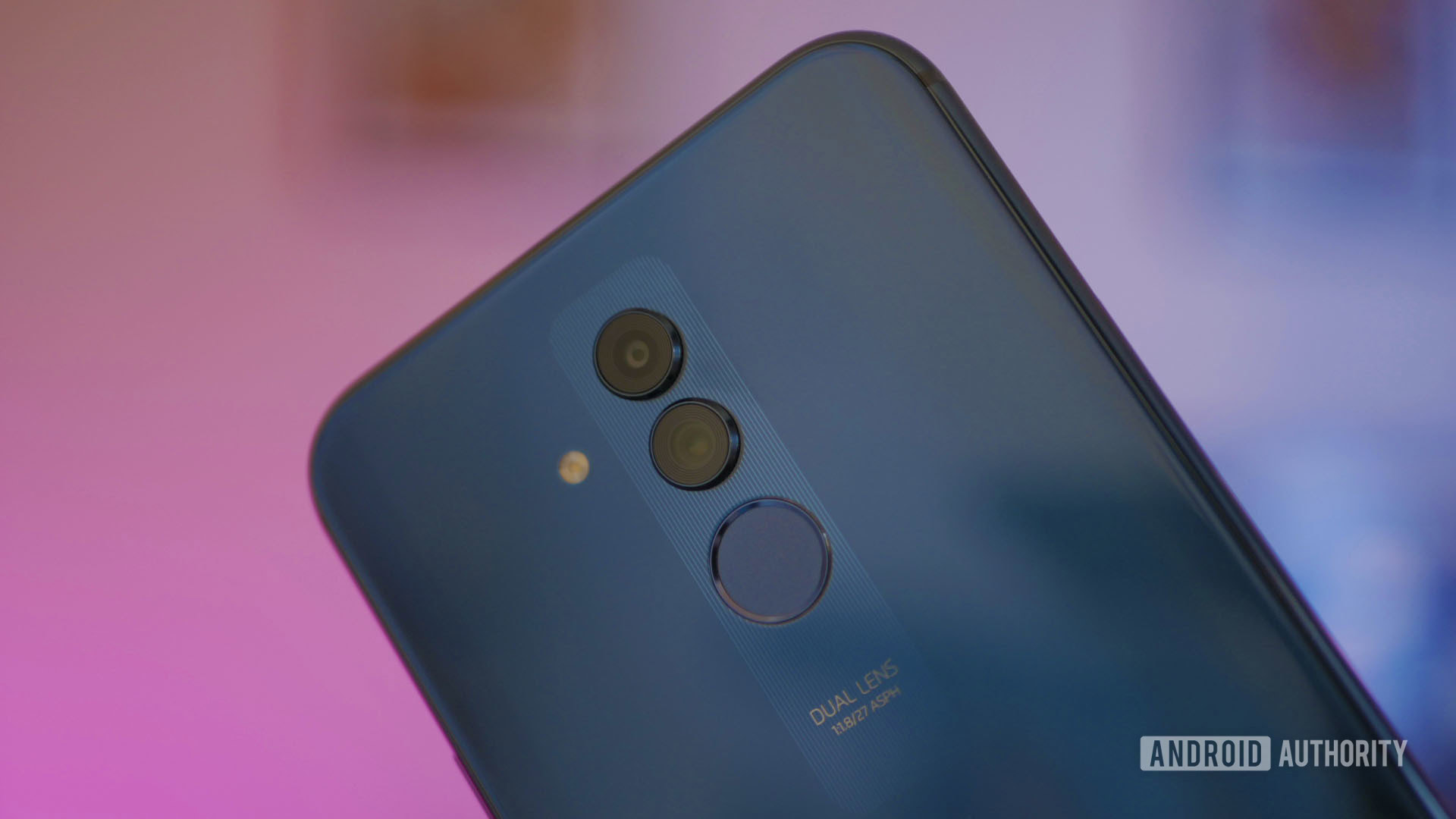
The main camera is fine.
I have a bit of a love-hate relationship with HUAWEI and HONOR cameras. The big selling point these days is the AI scene recognition, and getting it on a mid-range chipset is a solid lure.
That scene detection is really hit or miss. A lot of the time it saturates images to a weird degree, making them look unnatural. On the HONOR 10 and HONOR Play, I noticed this improved over time, eventually becoming occasionally pretty impressive. Here that’s not the case. Several of my photos came out noticeably worse thanks to the AI mode — saturated to the point of being ugly.

I wonder if the Kirin 710 is just learning everything again from scratch and will also improve with time, or whether it’s just not quite up to the task. It’s noticeably slower at spotting things like cars, which is understandable too.
Turn that scene recognition off and you have a pretty standard HUAWEI camera. Images are sometimes washed out, or have that strange warm-hue I’ve noticed on other HUAWEI phones. It also has moments of brilliance where it reacts very nicely to different lighting.

Low-light performance isn’t particularly good. I put this against the realme 2 Pro, seeing as I was reviewing both at the same time, and that much cheaper device was significantly better at taking photos at night. The realme 2 Pro had a slightly higher aperture, but I’d still like more here. The Mate 20 Lite’s darker shots come out a little smudgy and grainy in comparison.
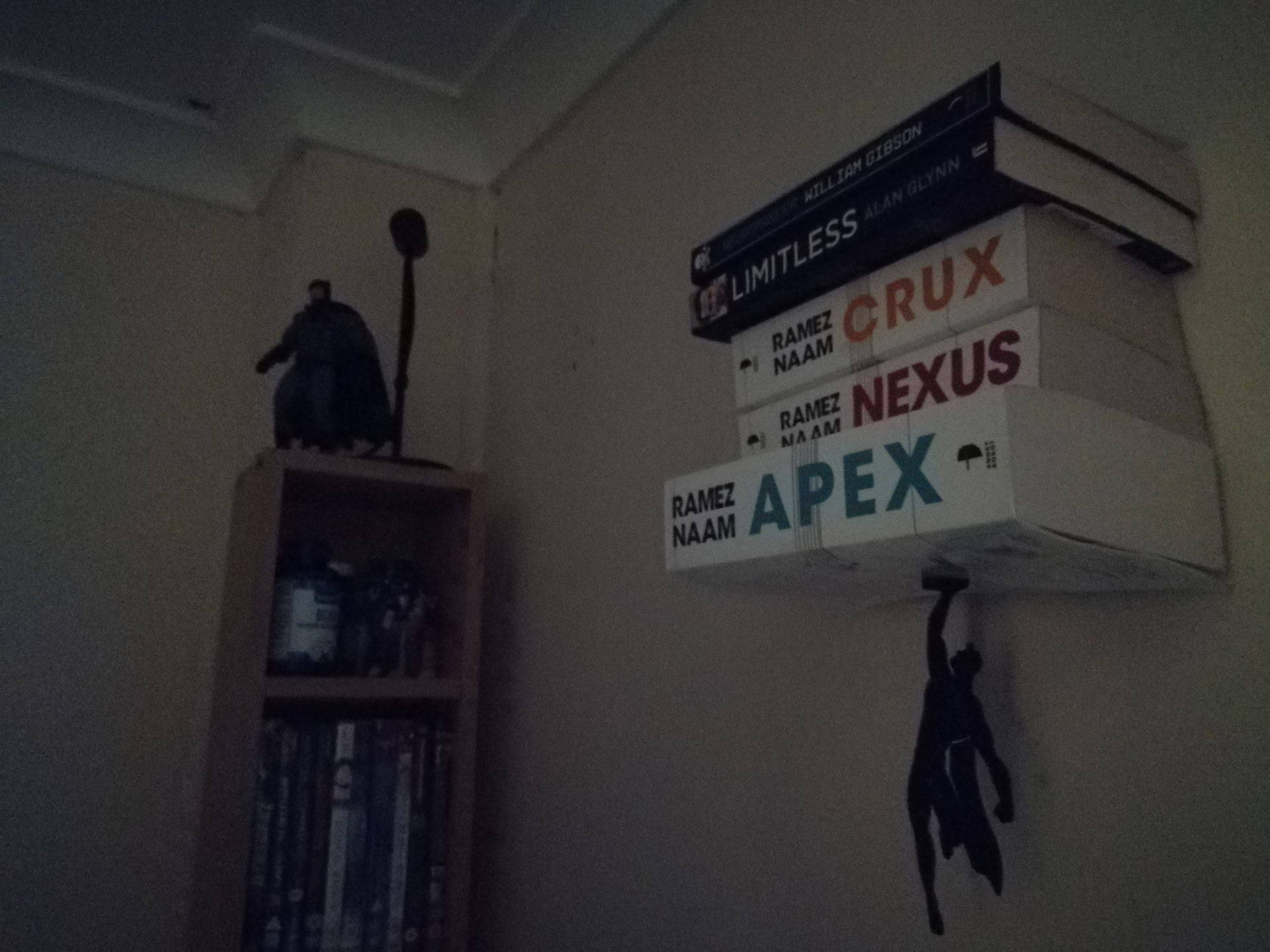
It would be remiss of me not pointing out how the HUAWEI Mate 20 Lite wins major points for its incredibly feature-rich camera app. Just like other devices from HONOR and HUAWEI, you get cool stuff like document scanning, a full-fledged pro mode, time lapse, and (my favorite) light painting. While AI scene recognition might not always work as advertised, it’s at least fun to play around with and I am hopeful it will get better. The portrait mode on this side also works quite well.

It’s a fun camera to use and if you really work at it, you can get some good photos. However, this is not a “great” camera by any stretch. I wouldn’t rely on it if you take a lot of photos as part of your job, or as a serious hobby.
For more camera samples, check out the folder here.
Value and closing thoughts
If it seems like I’ve been a bit hard on the phone during my HUAWEI Mate 20 Lite review, that’s probably due to its price.
Like I said, the Mate 20 Lite will set you back about $500. I just can’t see any justification for paying that much.
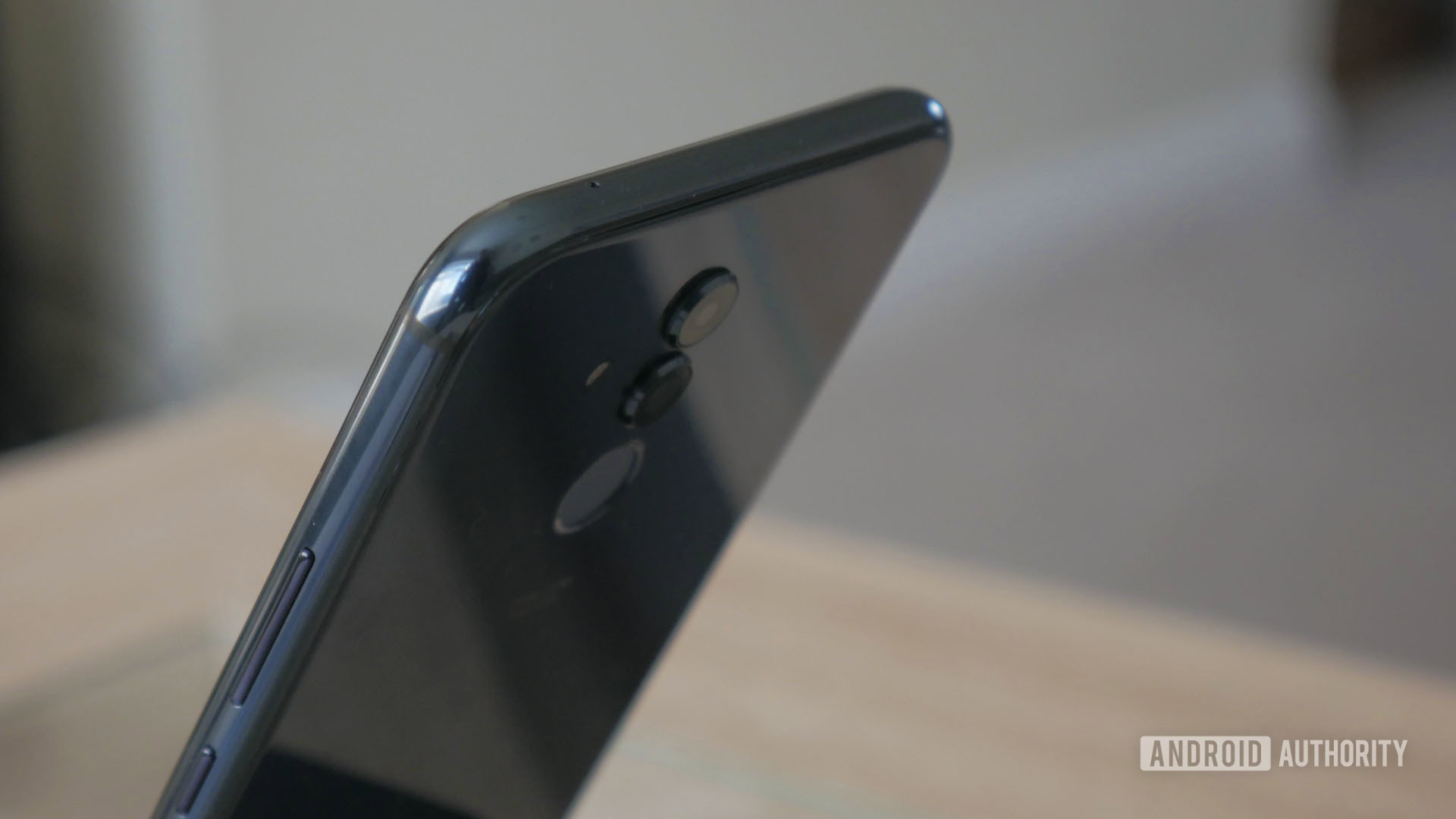
For significantly less money you could get yourself a Pocophone F1 and you’d experience drastically faster performance — they’re not even in the same ballpark — as well as much stronger camera performance and loads more features. The F1’s only drawback is its plastic build.
If that matters a lot to you, for just $29 more, you could buy a OnePlus 6, a true “flagship” experience with a beautiful metal build, excellent AMOLED screen, and the same killer performance as the POCOphone or better. You could also get the HONOR 8x, with mostly the same specs at a fraction of the cost, as well as a glass build. It uses microUSB and you lose a few megapixels in the camera department, but it’s nearly the same.
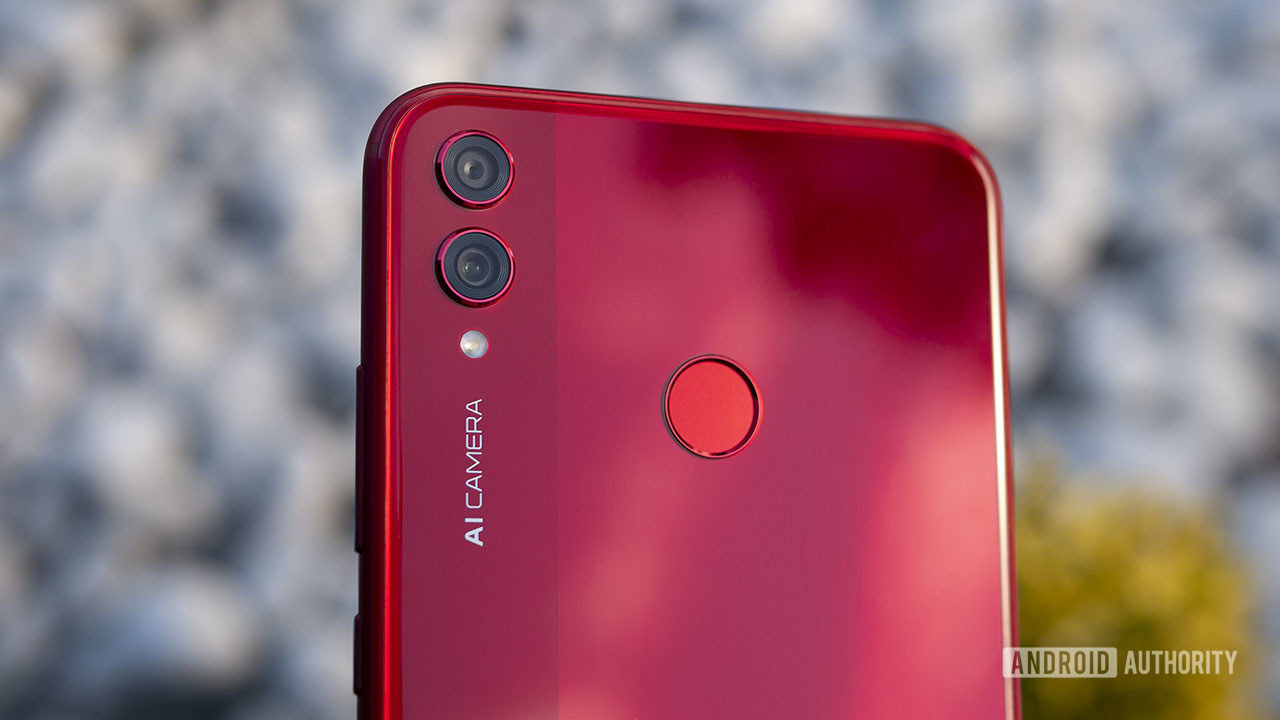
Heck, you could even get an HONOR Play or HONOR 10 for a lot less than this — devices from HUAWEI’s own subsidiaries with all the same scene recognition, light-painting, UI layer, and the company’s own flagship Kirin 970 chipset (flagship for at least for a little while longer, anyway).
Offering AI smarts in a mid-range processor isn’t really all that impressive, when you charge less for your own flagship processor elsewhere!
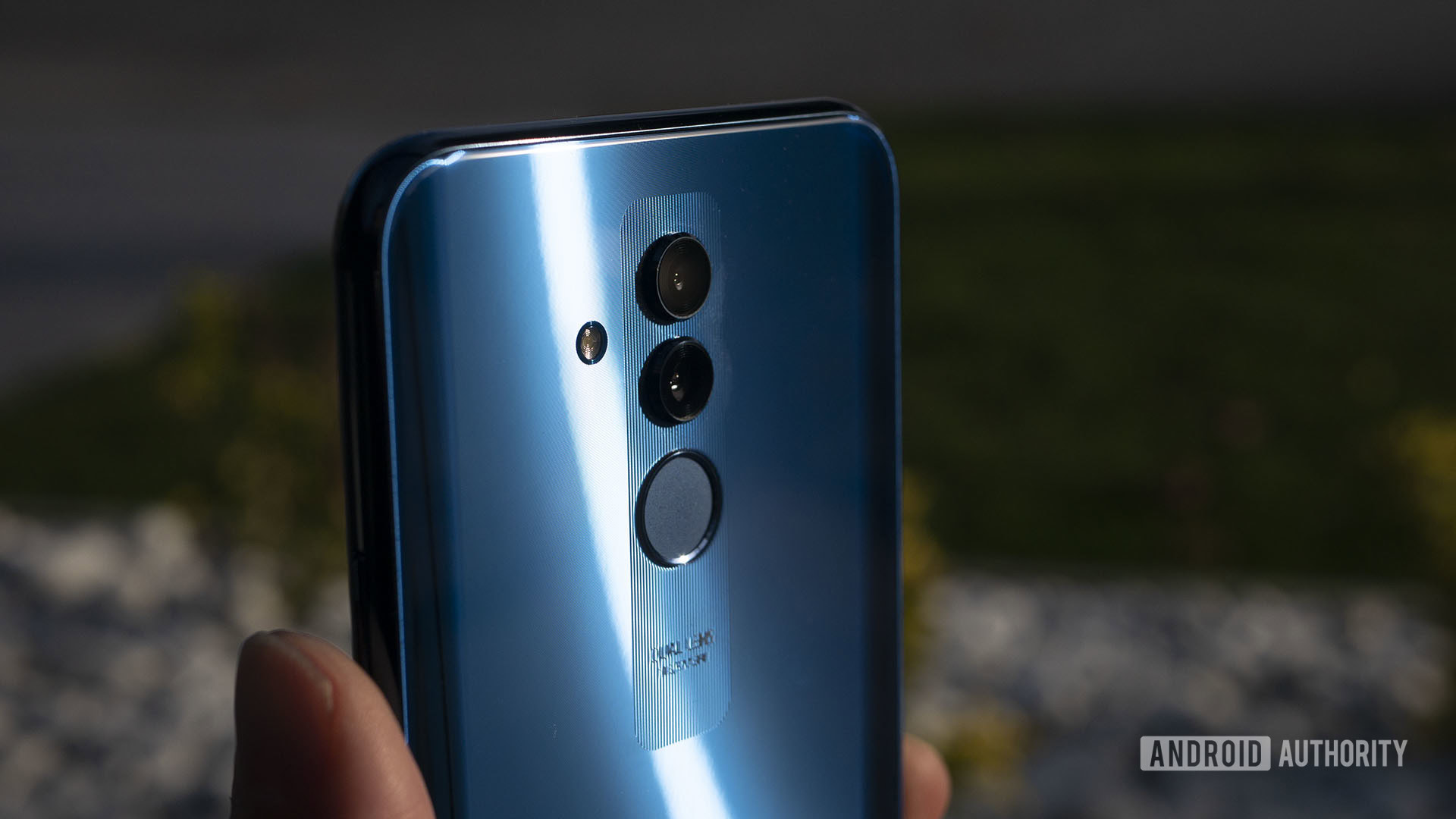
The only thing this phone has going for it really is the dual lens camera up front. Seeing as the selfie camera isn’t all that and the face unlock is slower than many other options, I just can’t really recommend this device to anyone.
The tech has promise, I’m hoping it will be better realized when we see the real Mate 20. This isn’t a bad phone, it’s just not a compelling option for the money, given what else is out there right now. The mid-range has become incredibly competitive, and you need to do a lot more to stand out.
This feels like a proof of concept more than something anyone should actually buy.